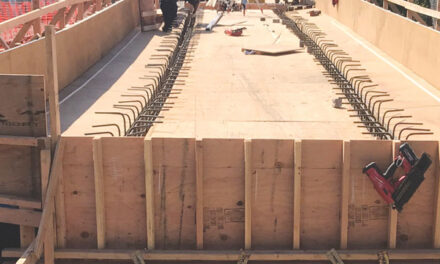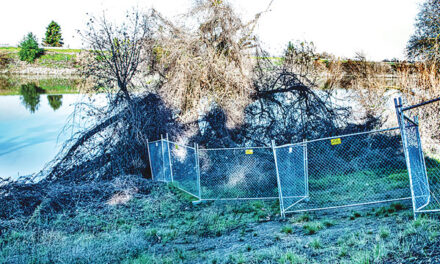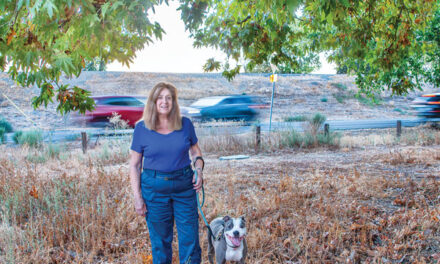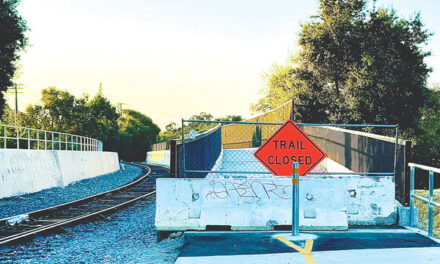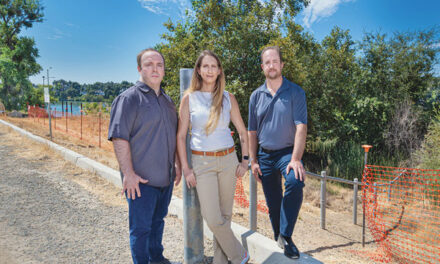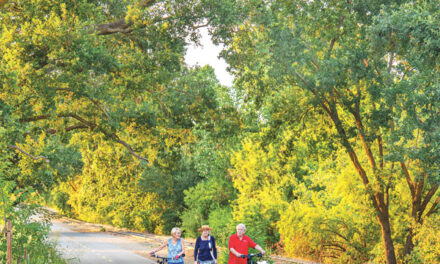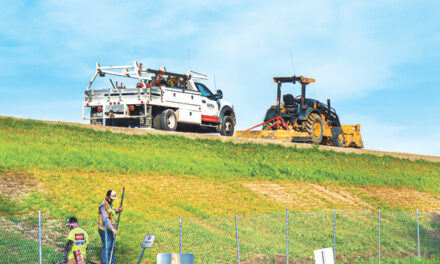Activists for walking and bicycling sometimes refer to drivers as “cagers” since automobilists are encased by a ton or more of metal and cut off from their environment.
In the age of COVID-19, instead of being a cage, a car seems more like a protective steel bubble in a world that’s turned hostile. When they aren’t staying home, people take advantage of that protection when they venture out, even taking pleasure rides when cabin fever becomes too much.
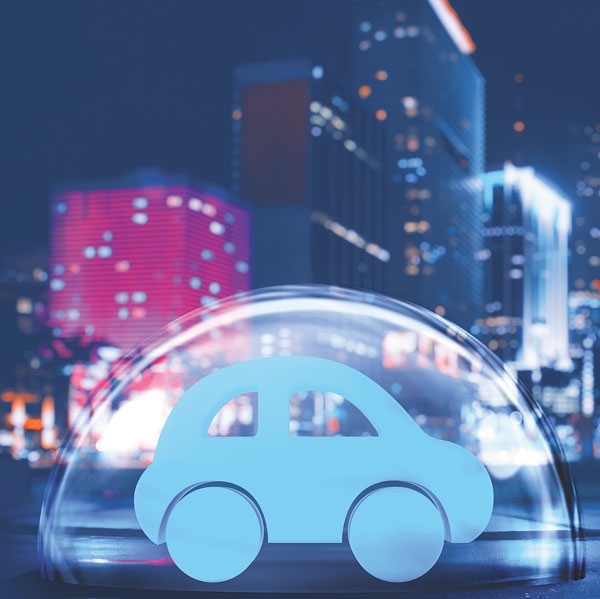
With movie palaces and playhouses closed, drive-in theaters are enjoying a surge in popularity. In some places, people can attend plays, concerts, comedy shows and church in their cars.
Drive-by celebrations of birthdays and graduations replace large in-person gatherings. Far sadder occasions have been marked by drive-by wakes and funeral viewings.
Restaurants offer “touchless” curbside meal pick-ups for drivers who stay in their car. Pop the trunk or hatch and your prepaid food order gets tucked inside. Food banks operate in a similar fashion.
Virus testing is being done for people queued up and ensconced in vehicles. You don’t have to leave your SUV to have a swab shoved up your nose.
The federal government encouraged private car use as coronavirus prevention. For employers who are reopening office buildings, the Centers for Disease Control and Prevention initially recommended:
“For employees who commute to work using public transportation or ride sharing, consider offering … employees incentives to use forms of transportation that minimize close contact with others, such as offering reimbursement for parking for commuting to work alone or single-occupancy rides.”
Close quarters are typical on public transit. Ride sharing via Uber or Lyft and carpooling add their own risks of virus exposure. It’s impossible to physically distance inside a car and virtually airtight car cabins concentrate the virus. A Harvard study indicates opening car windows three inches greatly reduces, but does not eliminate, transmission risk by circulating outside air.
The idea that everyone will avoid transit and drive alone as restrictions loosen prompted concern, especially in cities such as New York, Boston, Chicago and San Francisco with relatively high transit use. Cheap gas provides another impetus to drive. Some transportation planners foresee Carmaggedon—epic traffic tie-ups. There’s only so much road space. If everyone drives alone, gridlock is the outcome.
But that scenario is not inevitable. Many employees may continue to work from home. Employers may stagger shifts to cut staff density. Further, the economic consequences of the pandemic mean lots of jobs don’t exist anymore. No job, no commute.
The CDC recommendation is consistent with past commute patterns in most places, such as Sacramento, where public transit is little used. By far, most commute vehicles have just one occupant. Cars are convenient, offering drivers independence and flexibility despite traffic issues.
But too much independence can become alienation. Too much automobile autonomy can threaten the social fabric. Driving alone may offer protection to solo drivers from the virus, but cars threaten everyone else with their mass, speed and pollution.
CDC’s early recommendation that employers offer incentives to solo drivers was woefully wrongheaded. Thankfully, CDC now recommends walking and bicycling. It still suggests solo driving, but drops the idea of incentives.
If transit is to be avoided in the short-term, the first choices for commuting should be walking and bicycling. Those are healthy transportation choices that strengthen the immune system and afford virus protection. Walking and bicycling don’t endanger people the way cars do.
Solo driving is problematic on many levels. Car crashes kill thousands annually and injure millions. Car emissions cause lung and heart disease and harm the environment. Disease control has to be a priority for CDC.
The long-term transportation future, beyond COVID-19, can’t be more cars. Yes, car cages offer temporary disease protection. And cages increase safety for their occupants, though they threaten the flesh and blood of vulnerable road users outside.
But there’s not enough room in cities, or enough dollars in government budgets, for unlimited solo driving. In the long run we need to be caged less, not more.
Walt Seifert is executive director of Sacramento Trailnet, an organization devoted to promoting greenways with paved trails. He can be reached at bikeguy@surewest.net. Follow us on Facebook, Twitter and Instagram: @insidesacramento.



